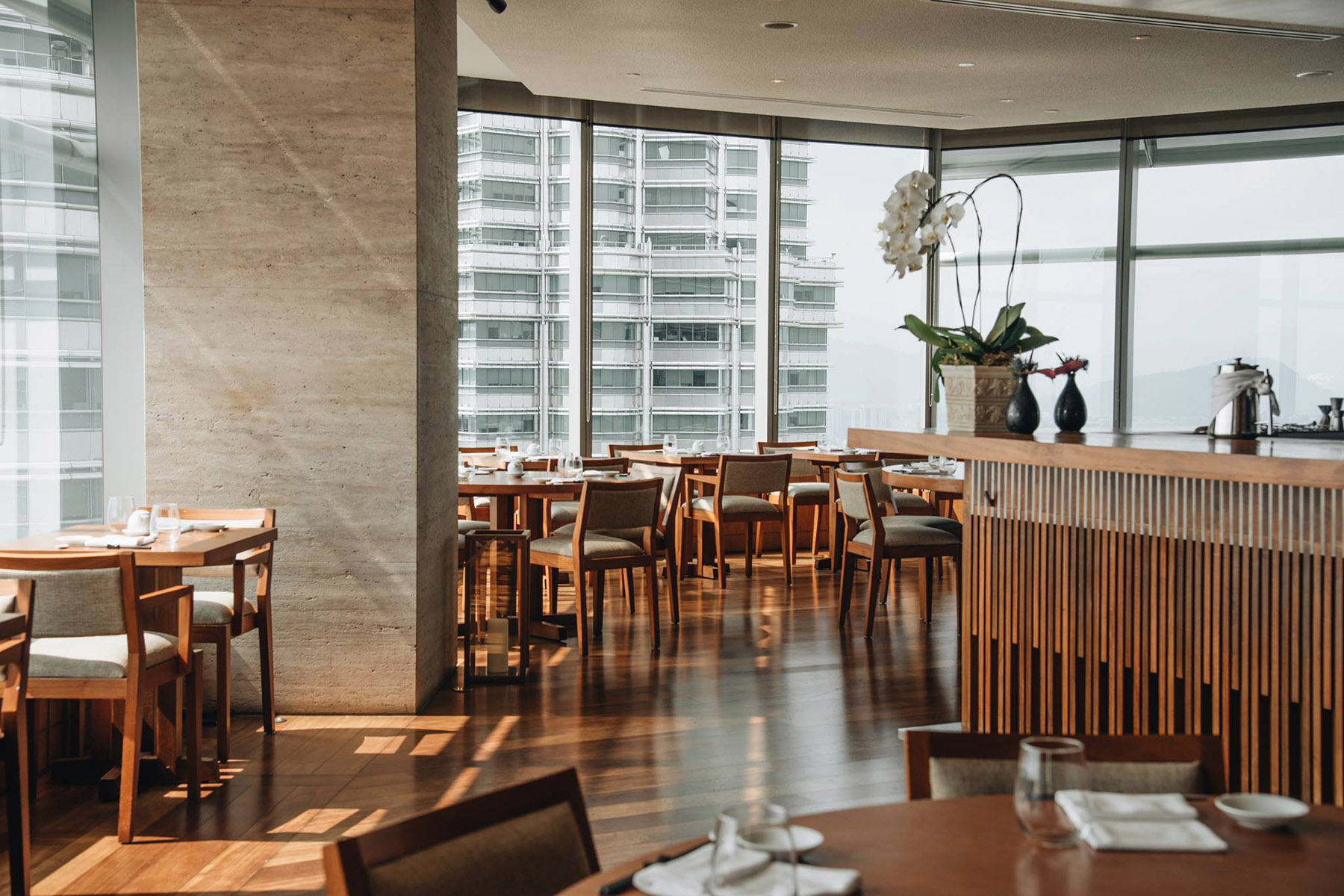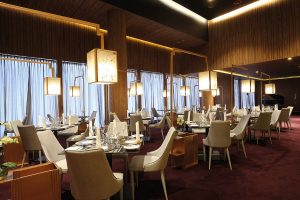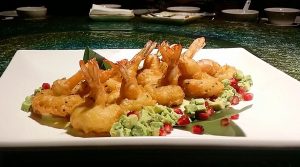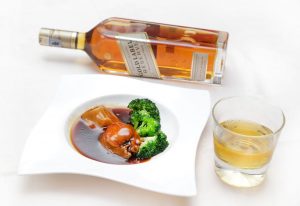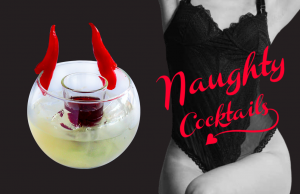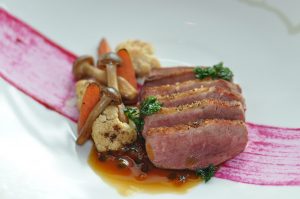Newsflash:Malaysia does not have a Michelin Guide.
The plain fact means that no restaurant, chef or establishment can accurately claim to have a Michelin star, let alone two or three, in the country.
With that said, not all Michelin-star connotations in the local F&B industry is completely illegitimate. If you’ve been hoodwinked in the past, fret not as we have put together a guide to what the Michelin Guide is all about, along with a list of local establishments with Michelin-starred counterparts elsewhere in the world.
What is the Michelin Guide?
 Established by the brothers behind the tyre company of the same name, the Michelin Guide came about over a century ago in France circa 1900. Initially published to increase the demand for road travel (and implicitly, car tyres), the popularity of the restaurant section of the guide led to the “Red Book” that today holds the authority on the best dining establishments across three continents.
Established by the brothers behind the tyre company of the same name, the Michelin Guide came about over a century ago in France circa 1900. Initially published to increase the demand for road travel (and implicitly, car tyres), the popularity of the restaurant section of the guide led to the “Red Book” that today holds the authority on the best dining establishments across three continents.
In a nutshell, each establishment deemed worthy of an inspection will be visited by anonymous inspectors who have passed the official Michelin Guide training in France, which requires extensive background in the culinary field. The inspector will then rate the establishment one of four ratings: one for “a very good restaurant in its category”; two for excellent cooking that’s “worth a detour”; three for exceptional cuisine that’s “worth a special journey”; or zero if it doesn’t quite meet any of the aforementioned criteria.
The ratings are awarded to the restaurant, not its chefs – although some chefs proudly “collect stars” by helming more than one Michelin-starred restaurant – and are not transferrable when the restaurant or chef moves or opens a second outpost.
Notwithstanding coronavirus-related delays, the Michelin Guide is typically announced and updated every year in the respective regions.
Read more: How Michelin went from tyre company to world’s top dining authority
Why is it misleading?
Although the Guide has received a fair share of criticism over the years, it continues to bear significant influence on the food and tourism industries in regions where it operates. But the existence of these guides requires funding from the local tourism boards – because who else is going to pay for all the food reviews leading up to the guide and the publication of these food bibles?
The price to bring in the Guide is generally hush-hush, but a report on our Northern neighbours revealed that the Tourism Authority of Thailand (TAT) pledged 144 million Thai baht (approximately US$4.4 million) to back the Michelin Guide for five years, beginning with the first Bangkok guide in 2017. Another report discloses that South Korea allegedly paid 2 billion won (approximately US$1.8 million) to bring the Seoul guide to the country.
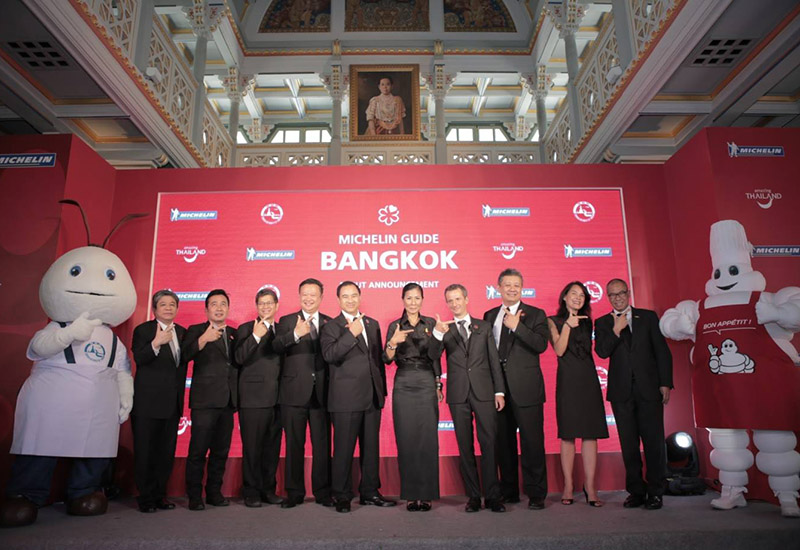
With those numbers, we’ll leave it to you to figure out why Malaysia doesn’t have a Guide of its own. To be fair, it’s also worth considering if the local F&B scene is mature enough for Michelin’s global standards.
Are there sufficient restaurants in any one city worthy of the ratings? Is there a large consumer base that can afford these restaurants? These factors are key to justifying a hefty spending of Malaysian taxpayers’ dues. Yet, local surveys show that even local chefs and industry professionals are still divided on the matter.
In any case, without the official Michelin Guide here in Malaysia yet, it’s misleading to attribute stars to local restaurants without providing context – which leads us to our next point.
Michelin-linked restaurants in Malaysia
There are two ways Malaysian restaurants may be linked to their much-hyped Michelin stars. Some may be helmed by chefs previously from Michelin-star restaurants elsewhere in the world (such as the recently shuttered Babe by Jeff Ramsey), whilst others may be outposts of such joints. Both offer advantages marketing-wise, given the experience of the head chef and presumably consistent standards of the restaurant, respectively.
Nevertheless, these restaurants may differ in one way or another from the original. Here’s a list of Michelin-linked restaurants in Malaysia for your dining consideration.
Taka by Sushi Saito
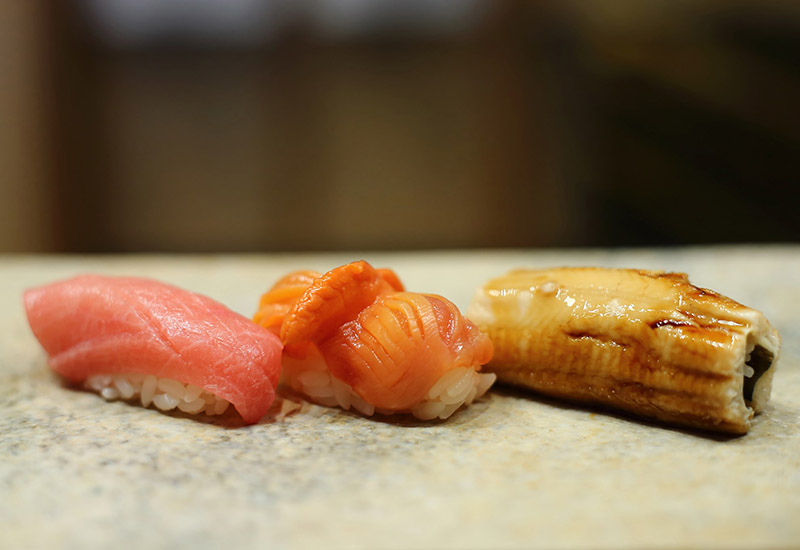 Tokyo’s Sushi Saito is one out of only a handful of restaurants that hold a 3-Michelin star. It’s hailed as the “best sushi restaurant in the world” by respected French chef Joel Robuchon, which speaks volumes of its head chef Takashi Saito. Taka is his first sister restaurant outside of Japan, helmed by chefs who have trained under his tutelage. Of all the restaurants on this list, Taka is arguably the closest to the original. This is because Saito was adamant from the start that everything from the interiors to the produce had to reflect the archetype. The only noticeable difference is that it’s not Saito himself behind the counter. W taka-ushi.com
Tokyo’s Sushi Saito is one out of only a handful of restaurants that hold a 3-Michelin star. It’s hailed as the “best sushi restaurant in the world” by respected French chef Joel Robuchon, which speaks volumes of its head chef Takashi Saito. Taka is his first sister restaurant outside of Japan, helmed by chefs who have trained under his tutelage. Of all the restaurants on this list, Taka is arguably the closest to the original. This is because Saito was adamant from the start that everything from the interiors to the produce had to reflect the archetype. The only noticeable difference is that it’s not Saito himself behind the counter. W taka-ushi.com
Din Tai Fung
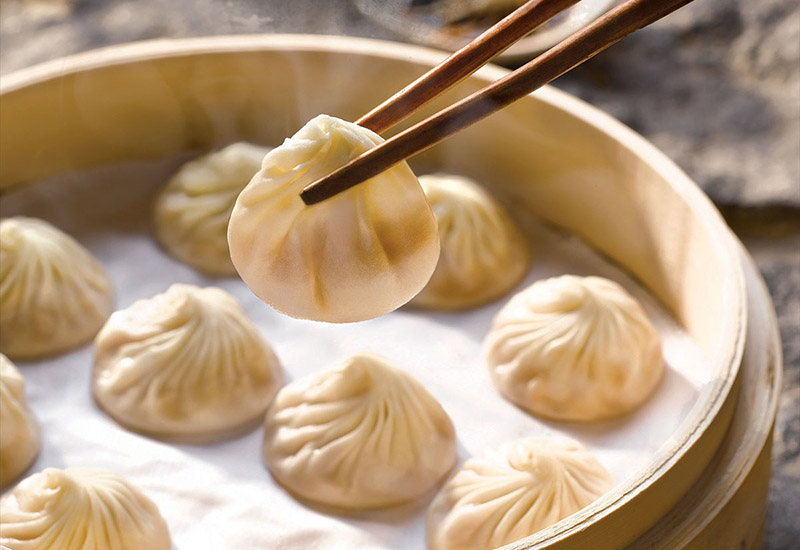 Hailing from Taiwan, Din Tai Fung is a dumpling and noodle chain that is known for its signature xiao long bao (soup dumpling). It became the first Taiwanese restaurant to receive a Michelin star for its Hong Kong branch in 2010, and has also won multiple other culinary awards. There are now over 10 Din Tai Fung branches in Malaysia, some of which are pork-free. All branches are required to follow recipes and SOPs brought over from Taiwan, but may differ in ambience and inadvertently, quality of service. W dintaifung.com.my
Hailing from Taiwan, Din Tai Fung is a dumpling and noodle chain that is known for its signature xiao long bao (soup dumpling). It became the first Taiwanese restaurant to receive a Michelin star for its Hong Kong branch in 2010, and has also won multiple other culinary awards. There are now over 10 Din Tai Fung branches in Malaysia, some of which are pork-free. All branches are required to follow recipes and SOPs brought over from Taiwan, but may differ in ambience and inadvertently, quality of service. W dintaifung.com.my
Nobu Kuala Lumpur
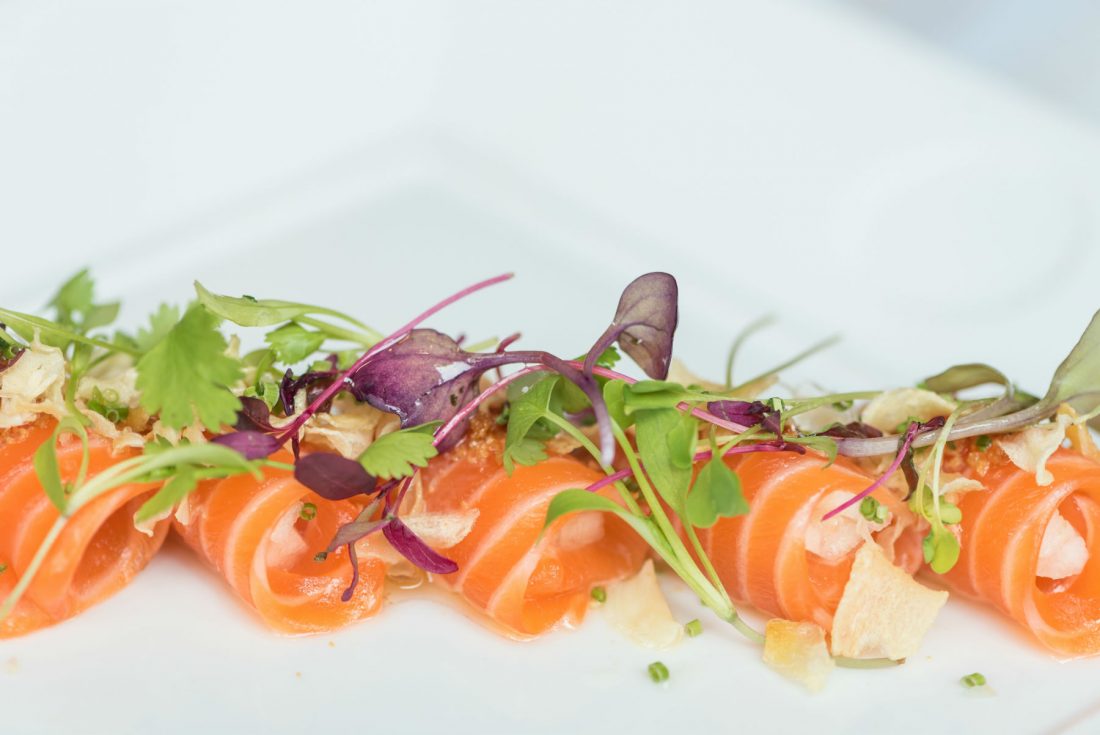 Opened in 2014 by renowned Japanese Chef Nobu Matsuhisa, Nobu Kuala Lumpur is one out of over 40 Nobu restaurants around the world. Over the years, some of them have gained (and lost) their Michelin stars, such as Nobu Las Vegas Caesar’s Place and Nobu Old Park Lane – which contribute to the chain’s international acclaim. Although Matsuhisa visits all locations occasionally, the head chefs are responsible for curating the menus and experiences in the respective outlets. The KL location features the Japanese-Peruvian ingredients and flavours signature of Nobu Restaurants, but stays pork-free to cater to the larger Malaysian market. W noburestaurants.com
Opened in 2014 by renowned Japanese Chef Nobu Matsuhisa, Nobu Kuala Lumpur is one out of over 40 Nobu restaurants around the world. Over the years, some of them have gained (and lost) their Michelin stars, such as Nobu Las Vegas Caesar’s Place and Nobu Old Park Lane – which contribute to the chain’s international acclaim. Although Matsuhisa visits all locations occasionally, the head chefs are responsible for curating the menus and experiences in the respective outlets. The KL location features the Japanese-Peruvian ingredients and flavours signature of Nobu Restaurants, but stays pork-free to cater to the larger Malaysian market. W noburestaurants.com
Hawker Chan
 Latest to join this list is Hawker Chan, named after the man who started the 1-Michelin starred chicken rice shop in Singapore. It is touted for serving the cheapest Michelin-starred meal in the world, after earning the award in 2016. Its Ipoh-born founder Chan Hon Meng opened an outpost in his hometown last year, bringing his signature soya sauce chicken rice and noodles home. He later set up shop in Chinatown, KL, as well as several locations in Asia Pacific: Melbourne, Taipei, Manila. W liaofanhawkerchan.com
Latest to join this list is Hawker Chan, named after the man who started the 1-Michelin starred chicken rice shop in Singapore. It is touted for serving the cheapest Michelin-starred meal in the world, after earning the award in 2016. Its Ipoh-born founder Chan Hon Meng opened an outpost in his hometown last year, bringing his signature soya sauce chicken rice and noodles home. He later set up shop in Chinatown, KL, as well as several locations in Asia Pacific: Melbourne, Taipei, Manila. W liaofanhawkerchan.com
Mak’s Chee Authentic Wonton
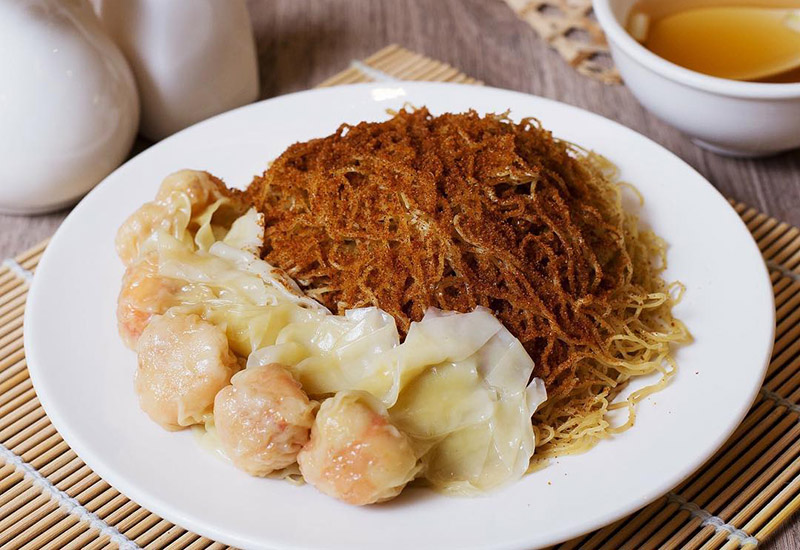 Originating in Hong Kong, Mak’s Chee Authentic Wonton is known for its springy noodles and fresh wontons prepared following a recipe passed down from the 1920s. The original branch received the Bib Gourmand award, which isn’t exactly a Michelin star, but an esteemed rating for “friendly establishments that serve good food at moderate prices.” It has since expanded to our shores due to popular demand, launching the first outlet in 1 Utama in 2016, and subsequently to Mid Valley Megamall and Pavilion Elite. W makschee.com
Originating in Hong Kong, Mak’s Chee Authentic Wonton is known for its springy noodles and fresh wontons prepared following a recipe passed down from the 1920s. The original branch received the Bib Gourmand award, which isn’t exactly a Michelin star, but an esteemed rating for “friendly establishments that serve good food at moderate prices.” It has since expanded to our shores due to popular demand, launching the first outlet in 1 Utama in 2016, and subsequently to Mid Valley Megamall and Pavilion Elite. W makschee.com
Photos courtesy of Michelin Guide and respective establishments


